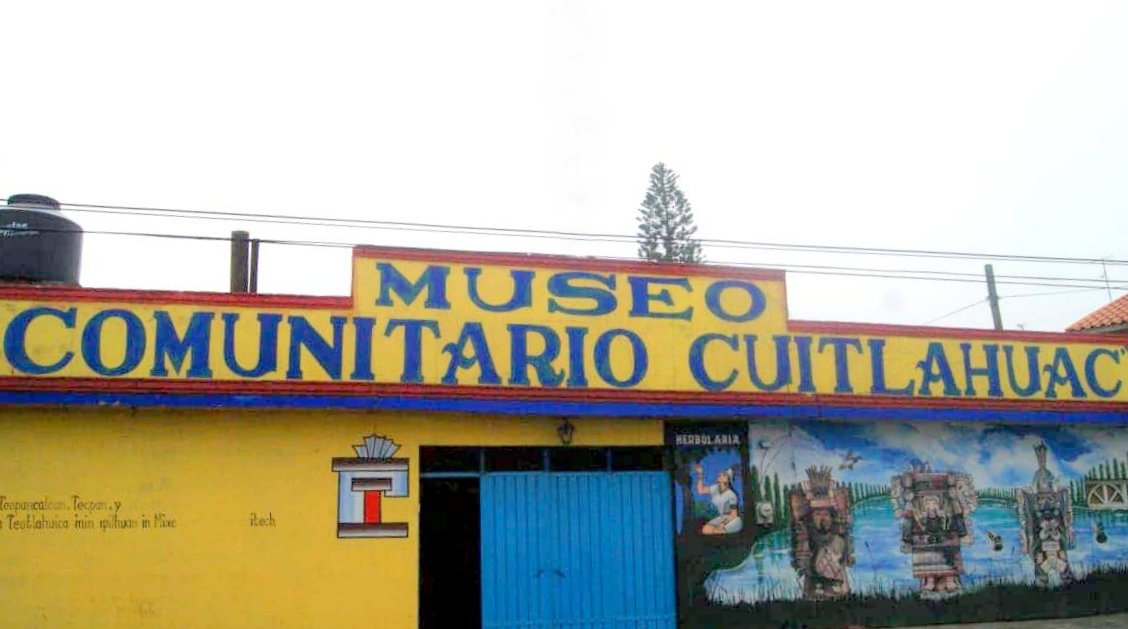
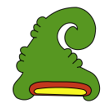
The Cuitlahuac Regional Community Museum opened only in 2002. It was named for Cuitlahuac, a Mexica tlatoani or ruler who died from smallpox during the war with the Spanish. The name derives from the place name “Tláhuac.”
The museum collection includes multiple pre-hispanic and colonial pieces. They range from archaeological finds, to pottery, weapons, items for daily life, and photographs. Together, they make up a record of many centuries of life in Tláhuac.
Exhibitions are divided into three sections:
The community managed museum holds some 500 cataloged artifacts. Among the most prominent are five ceremonial vessels. Figures represent Tláloc (god of rain), Xolonen (goddess of corn), Chicomecóatl and Tonacacíhuatl (female and male gods of sustenance). All of them were excavated nearby.
Their discovery within the San Pedro Tláhuac area led to further excavations. The community worked with some independent researchers and the INAH to guard and preserve these priceless aspects of Tláhuac’s history and culture. Visits are often combined with a trip to other area museums, among them the Tláhuac Regional Museum and the Tomas Medina Villarruel Museum in San Juan Ixtayopan.
 jgomuseocuitlahuac@gmail.com
jgomuseocuitlahuac@gmail.com
 (55) 5842 5355, Cel. (55) 7381 8564
(55) 5842 5355, Cel. (55) 7381 8564
 https://www.facebook.com/museocuitlahuac/
https://www.facebook.com/museocuitlahuac/
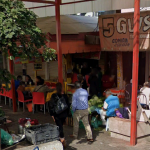
Nearest at 0.08 kms.
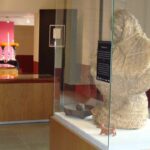
Nearest at 0.10 kms.
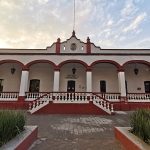
Nearest at 0.13 kms.
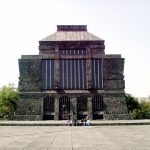
Initially intended as but one part of a City of the Arts, today's Anahuacalli Museum is a far more contemporary space than you might imagine.
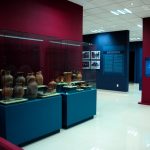
Azcapotzalco's deep, meaningful claim to a place in the history of the Valley of Mexico.
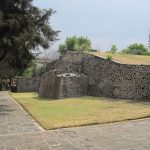
One of the city's newest archaeological sites, it's one of the oldest and deepest of shrines in the Valley.
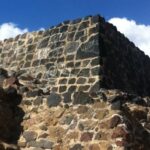
One of the oldest and most significant archaeological zones in Mexico City.
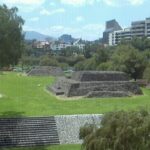
A museum, one of the only round pyramids in the country, and a history as deep as it is broad, Cuicuilco is not a site to be missed.